The Top 10: Trekking In Nepal
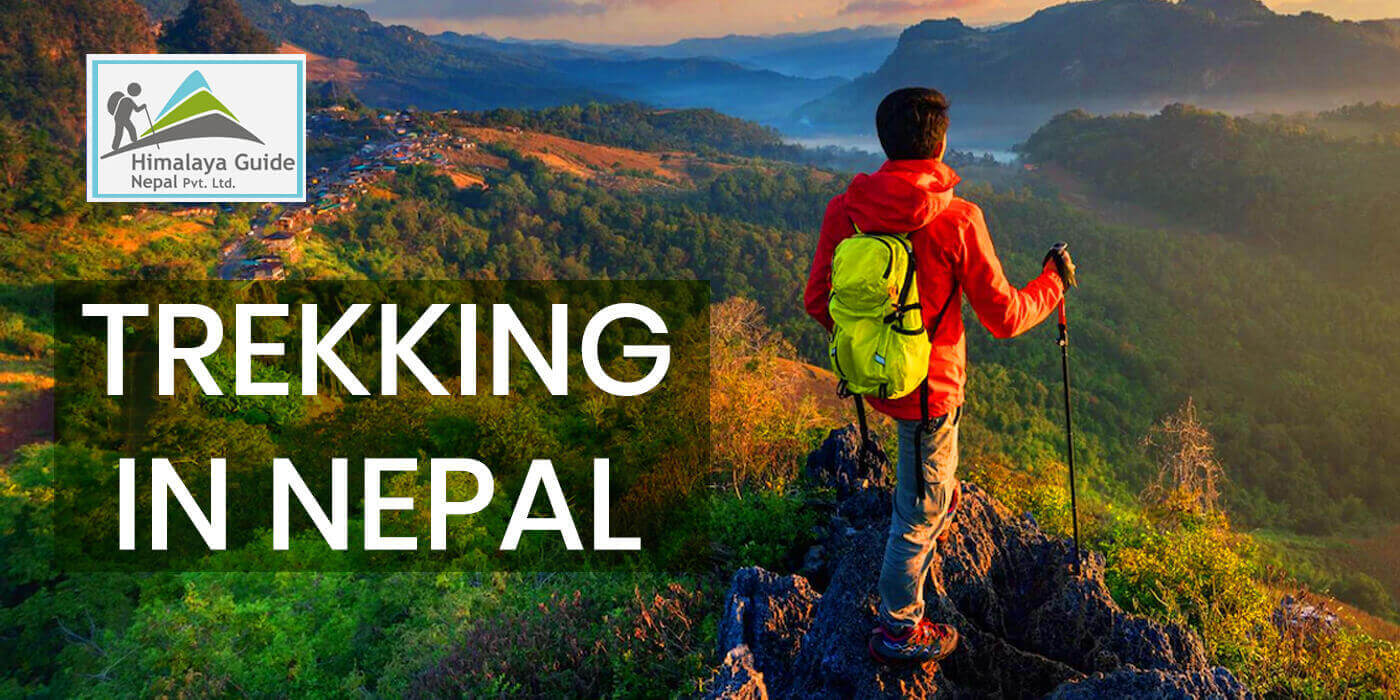
18 Aug 2022 Chandra Gurung
Hiking and Traveling alongside picturesque landscapes are only superficial aspects of any journey. Moreover, Trekking in Nepal is better known for the spiritual journey invoked in the traveler’s heart.
A spiritual journey is incomplete without the experience of the myriad of culturally diverse people and villages, which are sprawled across the country and continue to thrive through conscious awareness of their heritage even in the modern day and age.
“Culture is the widening of the spirit and the mind” – J. Nehru
Trekking In Nepal
To get the best bang for your buck while trekking in Nepal, here are some of the choicest selects of the best trips for a rich cultural and aesthetic experience.
1. Manaslu Trek
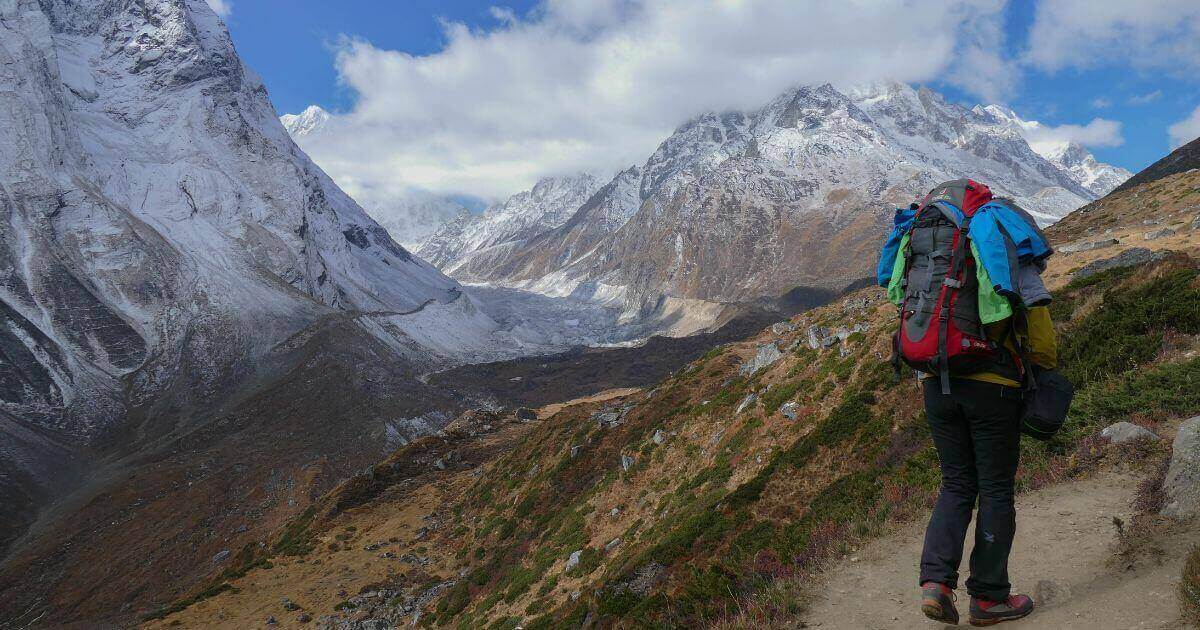
What is Manaslu Trek mostly famous for?
This area is famous for the challenging technical difficulties that often intimidate its visitors. Home to many unique natural ecosystems; ‘Manaslu’ derives from the Sanskrit word ‘Manasa,’ meaning ‘mind’ and ‘heart.’
It is a two-week trek that can be (preferably) extended to a three-week-long walk across the Manaslu Circuit Trek. Along the route, you can see the Budi-Gandaki river (which features rafting); also several waterfalls and hills covered with rhododendrons.
Ten peaks over the 6,500-meter mark can be visible while trekking through this route. Numerous vulnerable species on the IUCN red list (International Union for Conservation of Nature) like the Himalayan Tahr, Pika, Marmot, Red Pandas, Lynx, Asian Black Bear and the Snow Leopard can also be encountered here. The site also boasts an exorbitant diversity of more than 100 species of birds.
The famous Larkya La Pass is situated at the highest part of this trek and offers a rewarding and majestic sight of the Manaslu range. Major Buddhist monasteries like the Mu, Ranchen, and Shringi Gompas are also on this trekking route.
The simplistic, minimal lifestyles and sustainable agriculture practiced by the native people of this region make for an inspiringly profound sight that amounts to an extraordinary experience of trekking in Nepal.
2. Ghorepani/Poon Hill Trek
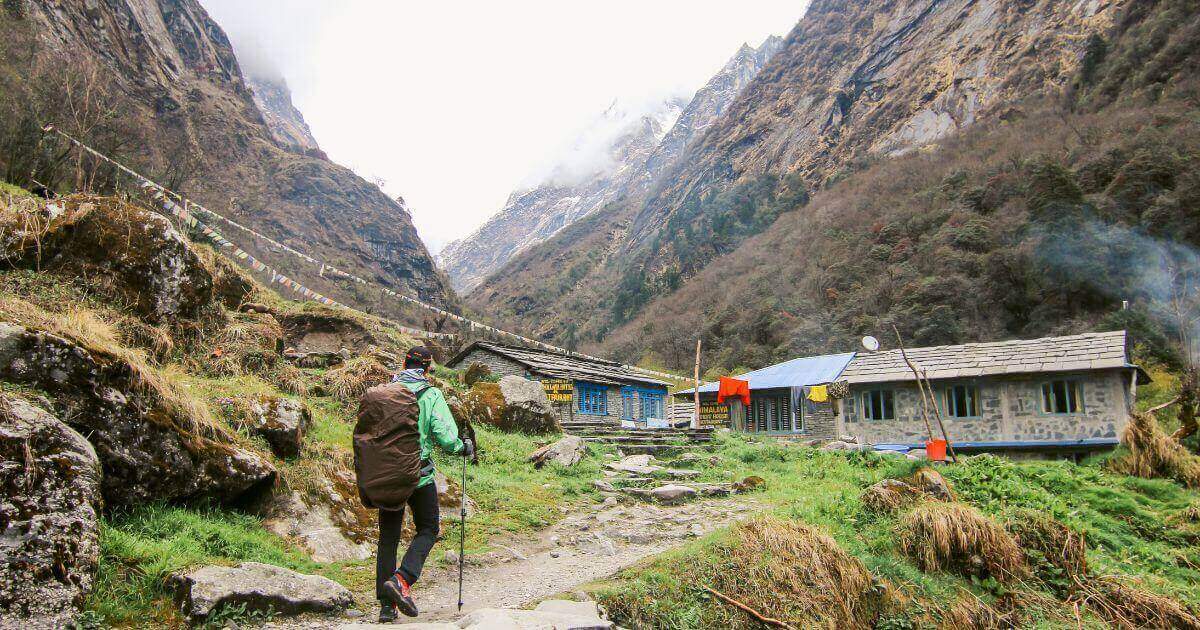
Ghorepani is a small village under the Annapurna Conservation Area, thus requiring a permit upon visit. The place derives its name from ‘ghora’ and ‘paani,’ which means water for horses.
The significance of this place for traders during ancient times gives it this name. To enjoy this week-long, short trip marked by its vertiginous slopes/stairs, you should keep in mind the spectacular view of the Annapurna Massif Range, Machhapuchhare, and the views of the Dhaulagiri Mountain Range at the end of your trip at Poon Hill.
Also known as the Annapurna Sunrise Trek, this area has an abundance of fine accommodations and places to eat, which makes it an ideal destination for families.
3. Rara Lake
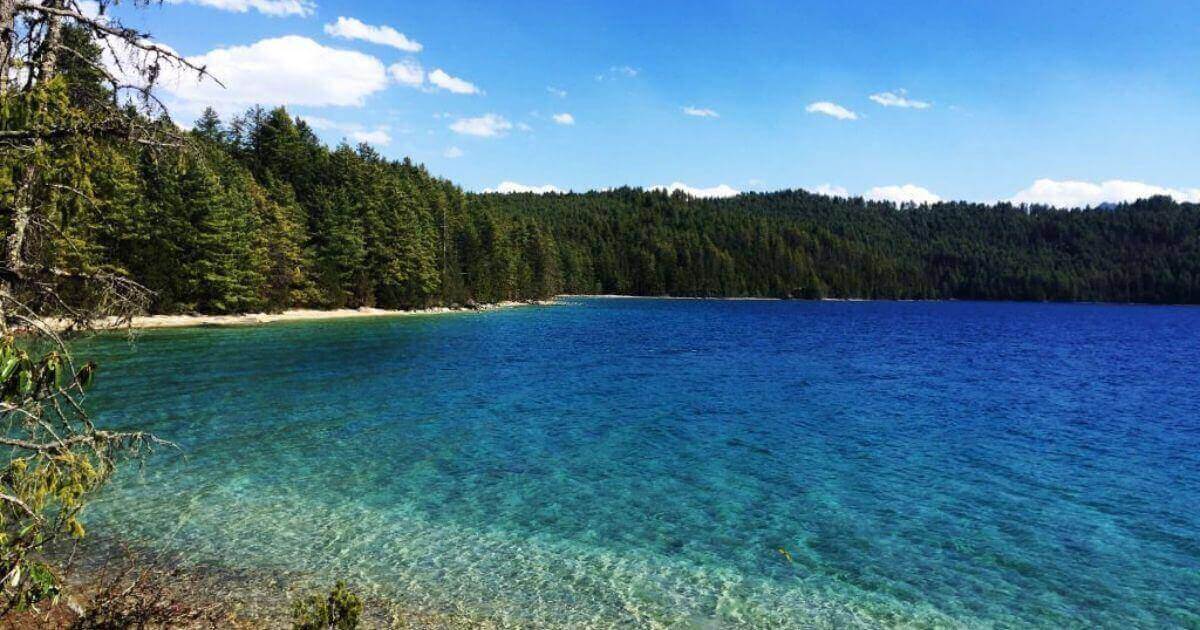
Imagine the sight of freely swimming fish across a crystal-clear water body, sunlight perforated through and across its massive floor; the mountains, skies, and clouds reflected on its surface.
The Rara Lake of Nepal justly culminates such an ethereal, spiritual experience.
The most significant body of freshwater lake in the Himalayas, this dynamic water body is a sight to behold (changing its color up to five times a day!), and it hosts two indigenous species of trout – the Rara Snow Trout and the Nepalese Snow Trout.
The site is a three-day trek from Jumla; however – an alternative route worth considering would be through the Karnali Highway, which takes four days from Kathmandu.
4. Dolpo
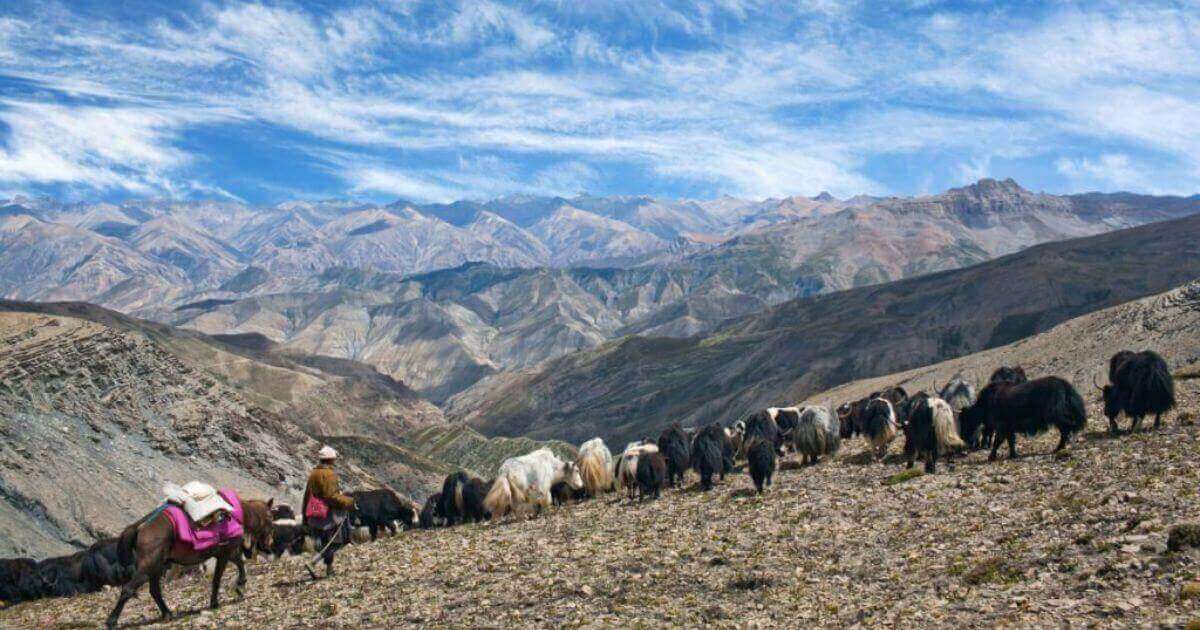
If you’re fascinated with Tibetan Culture or the Bon Religion, you are in for a treat. Located in the western area of Nepal in the Dolpa district, this region lies south of the Chinese border, providing a habitat for the nomadic farmers of this region.
This place’s remote and desolate characteristics primarily make it a trading environment for the nomads in this region. To get to Dolpo, you must reach Nepalgunj, the far west Indo-Nepal border, after which you can travel to Juphal in the Dolpa district.
A permit for Dolpo is not easily obtainable, and to rub salt on the wound, it is fairly expensive too. Physical strain during this trek is inexcusably excruciating in a similar manner. Certainly not recommended for the faint-hearted.
5. Upper Mustang

This destination lies in the northern area of the Mustang District, and it was a salt-trade route between India and Tibet during historic times.
Being among the most well-preserved areas of the world, restricted access to the region allows only limited clientele to visit. The Nepalese Government implements several strict laws to conserve this native culture.
A trip to this trans-Himalayan region takes more than two weeks or so. The semi-desert climate of Upper Mustang presents a challenging scenario to travelers, and the strict laws here can result in a fulfilling experience only if you come across the intriguing rock formations, fossils, and ancient caves that are unique to this area.
6. Langtang/Helambu/Gosaikunda
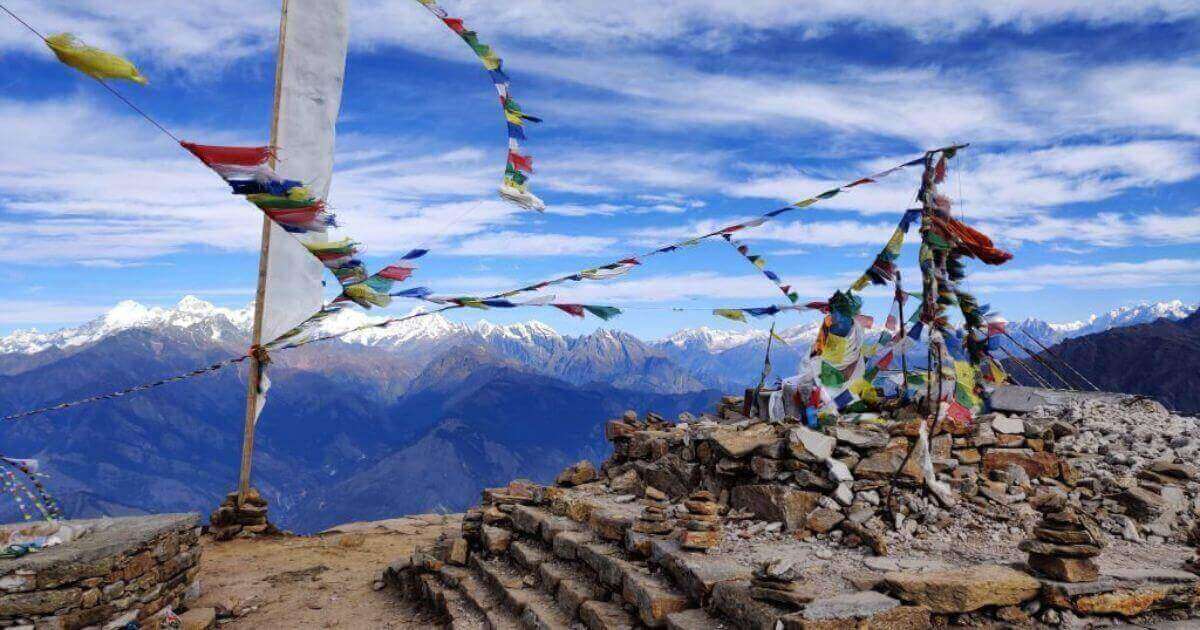
Tamang Culture, an indigenous tribe native to the lower Himalayas, can be seen thriving in this region of Nepal – Langtang valley. These authentic Tamang tribes share an excitingly fascinating way of life, music, attire, and food that are distinctive to this particular culture.
Langtang National Park in Helambu is less than 100 kilometers from Kathmandu. Famous for its Buddhist culture and sweet apples, this place is one of the shortest trips while trekking in Nepal.
If you embark on this trek, you can also visit Gosaikunda, a high-altitude freshwater lake (within the Langtang National Park), which is the source of the Trishuli river.
Gosaikunda, the dwelling place of Lord Shiva and Gauri in Hindu Mythology, attracts countless Hindu tourists all over Nepal and India too. It is probably the second most visited Hindu religious destination after Muktinath while trekking in Nepal.
7. Sarangkot
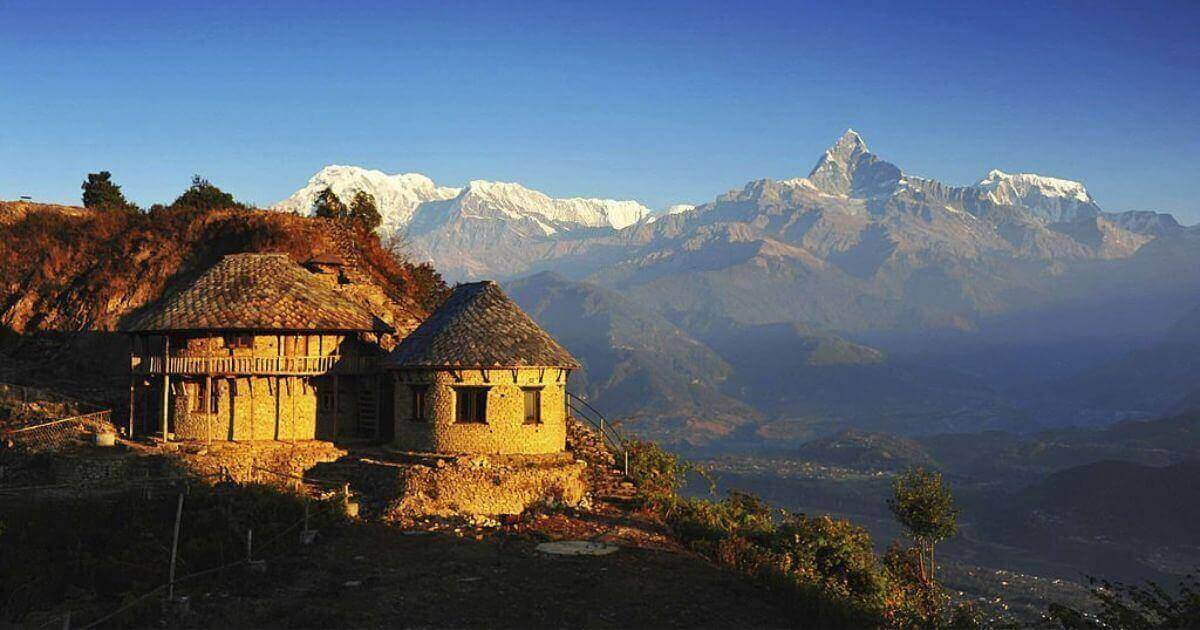
Ten kilometers west of Pokhara lies a small hill at an altitude of approximately 1600 meters. A relatively short hike from the central city of Pokhara, the place offers splendid views of the Annapurnas, Dhaulagiri, and the Manaslu ranges.
To whom do you recommend Sarangkot?
This area is recommendable for those interested in camping treks, waking up early to beautiful sunrises over the horizon. Another fun option would be to participate in the paragliding sport that is famous here since it is determined to be one of the best paragliding locations in the world.
The hill has a viewpoint that offers an extensive view of the city of Pokhara and Phewa Lake. (South of Pokhara)
8. Mera Peak
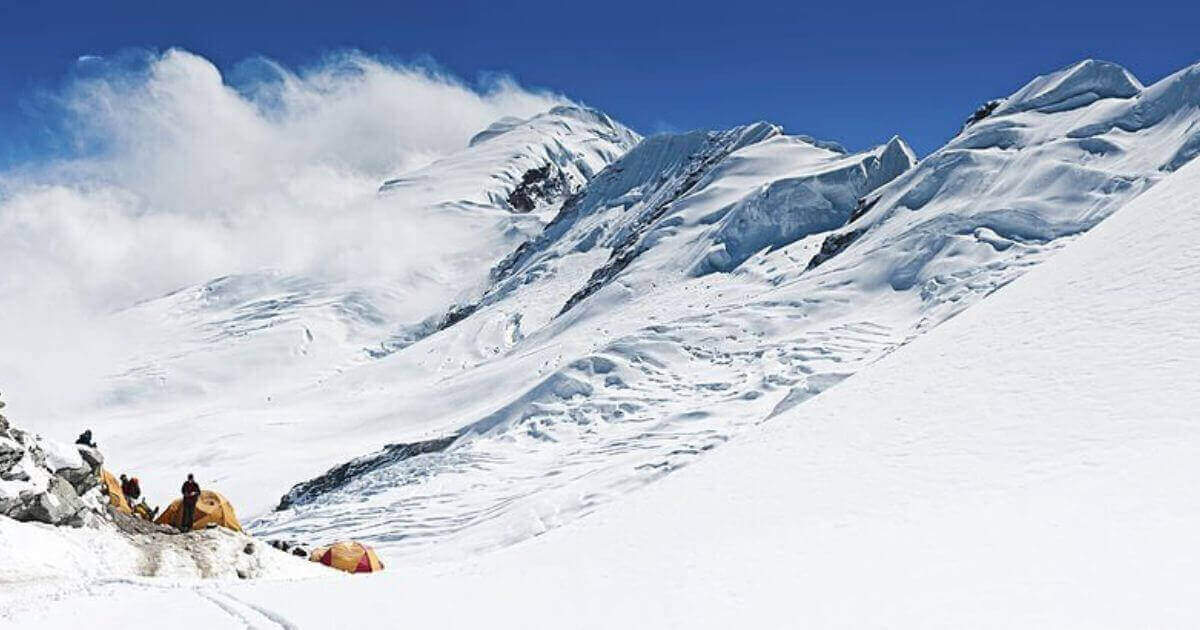
Mera Peak is a mountain in the northeast region of Nepal at an altitude of about 6,500 meters above sea level.
Consisting of three peaks and a supplementary trekking summit, it provides a bird’s eye view of the five highest mountains in the world – all above an elevation of 8000 meters.
This challenging trek requires the traveler to traverse many glaciers along the way, resulting in an adventurous experience for its enthusiastic participants. Proper acclimatization is strictly mandatory for this journey.
9. Mardi Himal
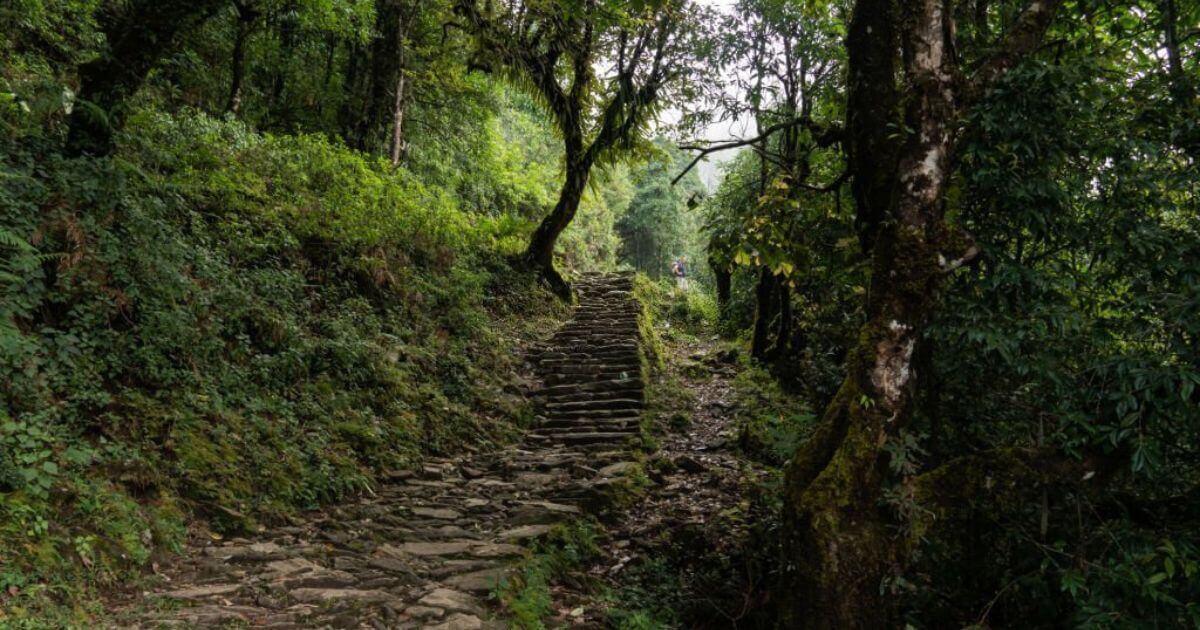
Set below the domineering Machhapuchhare in the Annapurna massif, this peak has a severely underrated reputation.
A peak standing at almost 5,600 meters, the trek to this destination has many tea houses along its ridges. An excellent spot for camping, with its base camp located at a mere elevation of 4,500 meters, establishes this base camp trek as a very comfortable hike.
10. Annapurna Circuit
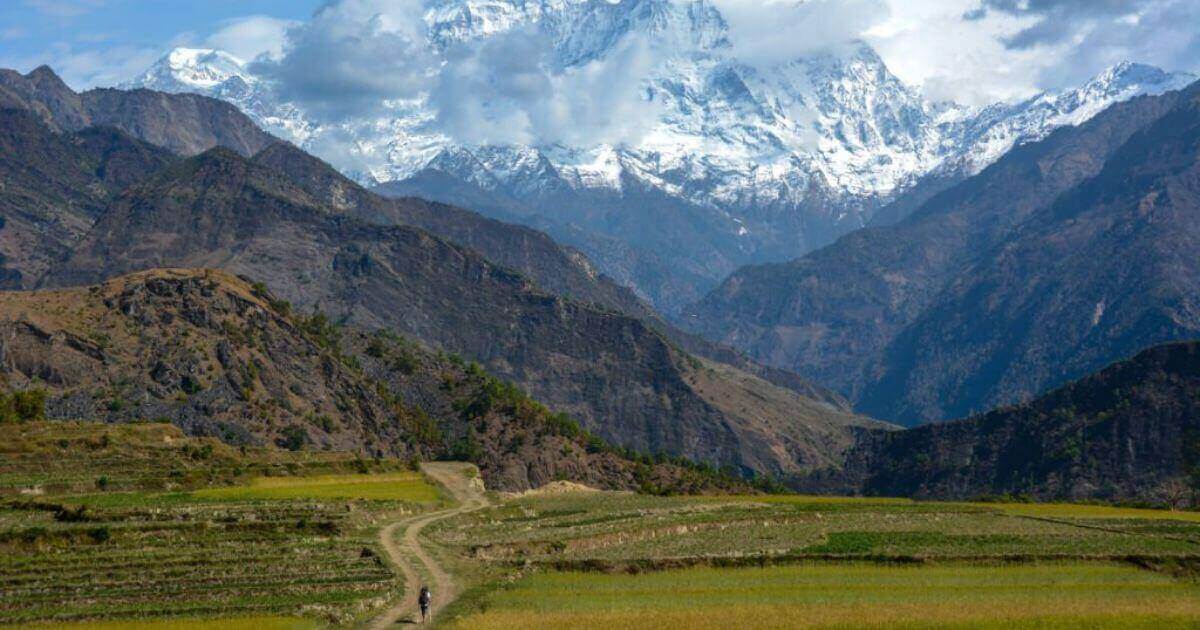
Within the mountain ranges of Central Nepal, this 200-kilometer (approximate distance) circuit trek circumnavigates the Annapurna Massif, including the Thorang La Pass along its route.
This route presents a spectacular view of the entire Annapurna Massif (I-IV) and several other notable peaks like the Manaslu, Machhapuchhare, Dhaulagiri, the Pisang Peak, and the great wall of Pisang (the western face of the Paunga Dada).
Formed due to a raised lakebed as early as the creation of Everest itself, the Pisang Wall is a total spectacle in itself. Paunga Dada is also well-known as the ‘SwargaDwar’ or the ‘Heaven’s Gate.’
The Annapurna Circuit Trek consists of numerous striking geographical features like rivers (with suspension bridges), subtropical forests, waterfalls, and looming cliffs that undoubtedly make it a complete and wholesome experience while trekking in Nepal.
Unanimously voted as the best long-distance trek in the world, this circuit trek takes roughly 2- 3 weeks.
An abundance of tea houses and lodges along the route of this circuit trek features the rich indigenous culture of the mountain tribes that reside here.
Tourists that visit this well-renowned route throughout the year support the livelihood of these vendors by indulging in their authentic cultural and gastronomical delights.
An advisable trip worth considering as an add-on to this Circuit Trek would be the Tilicho Lake (a.k.a. Kak Bhusundi Lake), which takes a trifling 3-4 days.
This lake has a tremendous significance for the Hindu community, or people genuinely interested in Hindu Mythology, as the lake is an eponym of the king of the birds in the Ramayana – Kak Bhusundi.
Conclusion
An agglomeration of wealthy culture, varied mountainous topography, spirituality fueled by the influence of far-eastern religions, and the gregarious Nepalese community all add up to an eclectic experience of trekking in Nepal, regardless of the destination you choose from the above.
